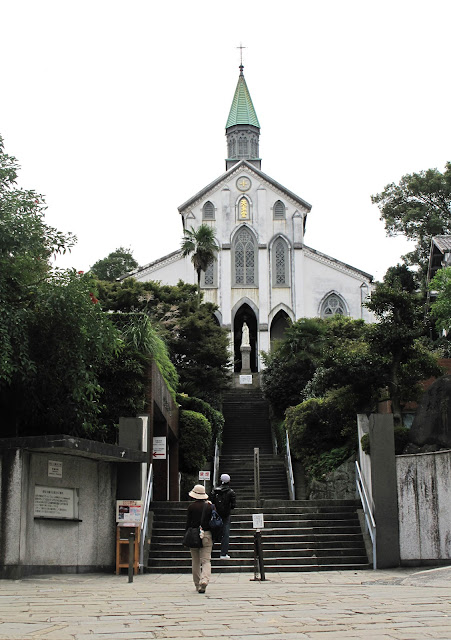Oura Cathedral, located in Nagasaki at Kyushu prefecture, is the oldest church in Japan completed in December 1864. It was designated as a National Treasure on 23 Jan 1933. This church is also named as "Church of the 26 Japanese Martyrs". 大浦天主堂位於九州的長崎。建於1864年,是日本最古老的一棟教堂。1933年時被認定為國寶,正式名字為“26聖殉教者天主堂”。 How Christianity spread in Japan was largely credited to a Spanish missionary, Francis Xavier, who arrived on Kagoshima island in 1549. However it was later banned in 1587 due to feudal lord, Toyotomi Hideyoshi's fear that Christianity was a barrier to his plan of uniting the whole of Japan. Centuries after his death, the country was re-opened and Christians, who went into hiding, came out. Nagasaki, which was the heart of Christianity activity, still remains as a prefecture with majority of its population as Christians. -中文省略 XD -
